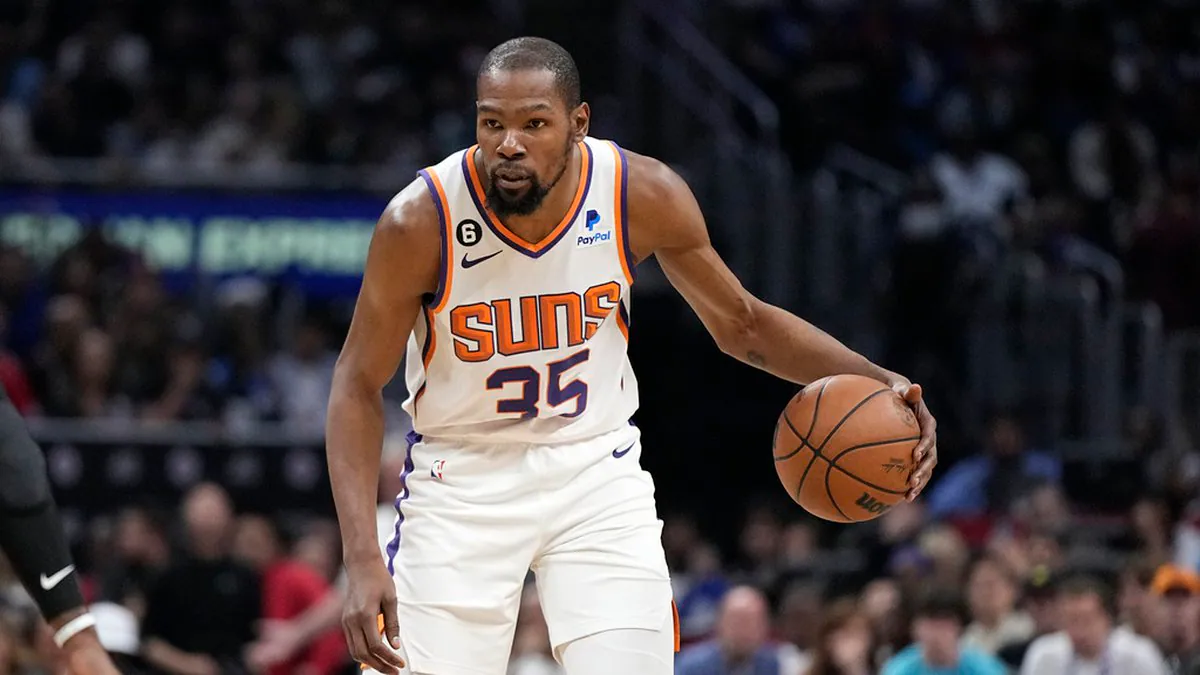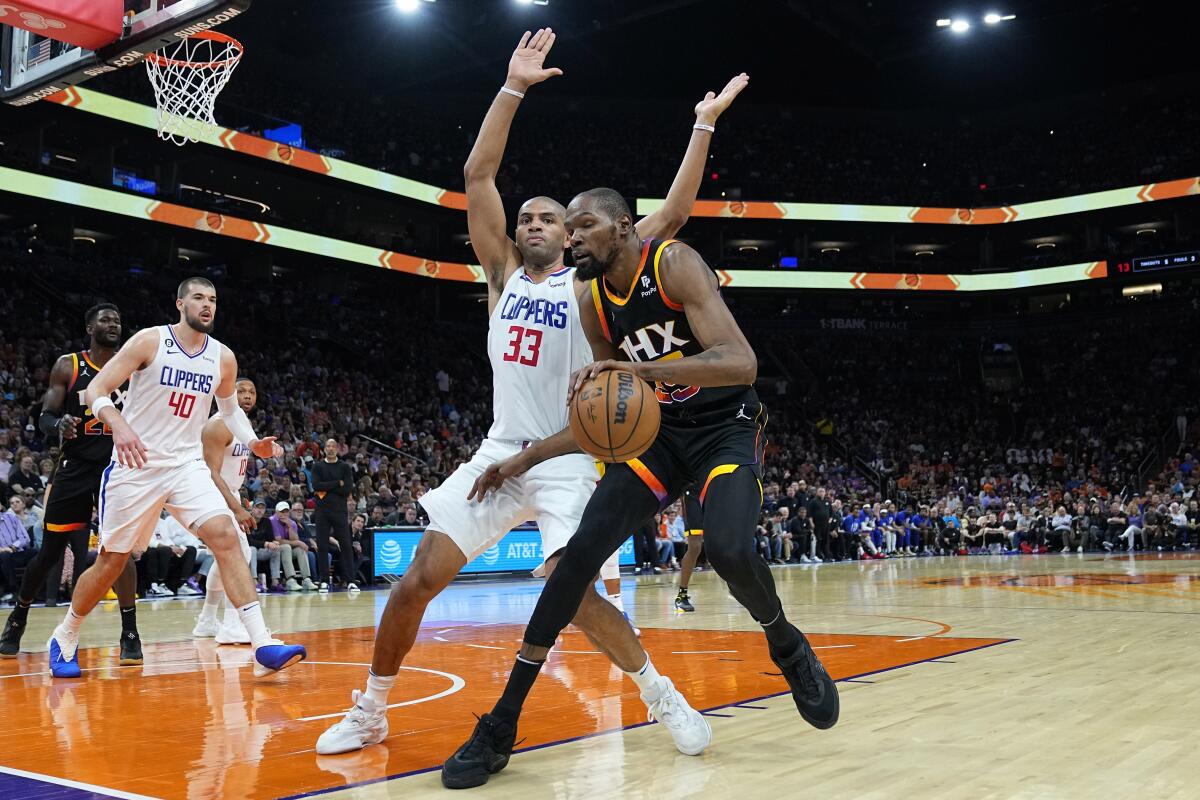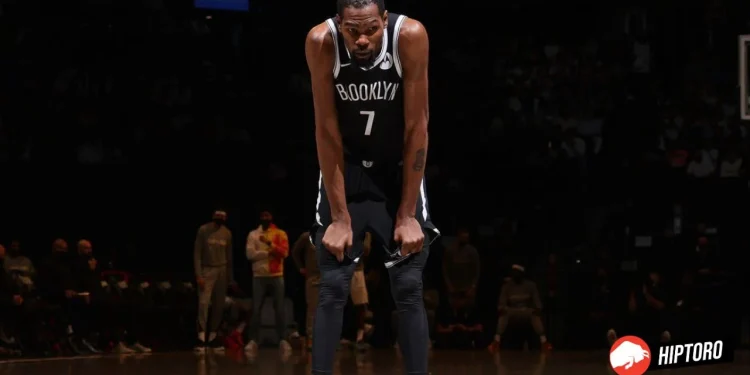The Brooklyn Nets’ ambitious attempt to build a championship contender around a ‘big three’ of Kevin Durant, Kyrie Irving, and James Harden is a narrative rich with drama, expectation, and ultimately, disappointment. This experiment, now a closed chapter, raises questions about team building in the NBA and the heavy price of chasing immediate success.

The Star-Studded Beginning
In the summer of 2019, the NBA witnessed one of its most star-studded free agencies. Amid this frenzy, Kevin Durant and Kyrie Irving, two of the league’s brightest stars, teamed up to don the Brooklyn Nets’ jersey. This move was seen as a shift of power to the Nets, stirring excitement and championship aspirations among their fans.
The anticipation only escalated when James Harden, another superstar, joined the duo. But as NBA writer Mark Medina pointed out, the arrival of these stars came at a significant cost – a depleted roster and a shift to a win-now strategy. Durant, as per Medina, “should have been cognizant of what he signed up for.”
The Unfulfilled Promise
Despite the promise, Durant’s tenure with the Nets was fraught with challenges, primarily injuries. He, Irving, and Harden only managed to play a meager 14 games together, including playoffs, in their first season. The dream of replicating Durant’s success with the Golden State Warriors in Brooklyn began to fade as team chemistry and health issues surfaced.
The situation further unraveled with Irving’s stance on the Covid-19 vaccine mandate and Harden’s trade to the Philadelphia 76ers for Ben Simmons, who, ironically, sat out due to health issues. This tumultuous journey ended with Durant and Irving’s departure, Durant to the Phoenix Suns and Irving to the Dallas Mavericks, marking an end to an era that was more about what could have been than what was achieved.
Kevin Durant’s midrange game is underrated. pic.twitter.com/R889P8jQtf
— Guru (@DrGuru_) August 24, 2023
Durant’s Individual Brilliance Amidst Team Struggles
Durant’s time in Brooklyn, albeit not bereft of individual brilliance, was overshadowed by the team’s struggles. Averaging 29.0 points, 7.1 rebounds, and 5.8 assists per game, Durant’s performance was a beacon of excellence in an otherwise dim phase for the Nets. One can’t help but remember his nearly game-winning shot against the Milwaukee Bucks in the 2021 playoffs, a moment emblematic of his talent yet tinged with the ‘what if’ of his Brooklyn stint.
Reflecting on Durant’s tenure, it’s evident that the Nets’ decision to prioritize star power over roster depth was a gamble that didn’t pay off. While the allure of a ‘big three’ is undeniable, the Brooklyn experiment is a testament to the importance of team balance, chemistry, and perhaps a more sustainable approach to team building.

The Aftermath and Lessons Learned
The disbanding of Brooklyn’s ‘big three’ serves as a lesson in the volatile nature of the NBA and the precarious balance between ambition and practicality. Durant’s saga with the Nets not only highlights the challenges of aligning superstar talents but also underscores the need for long-term planning and roster stability.
As the dust settles on this chapter of NBA history, other teams might look at Brooklyn’s experience as a cautionary tale. In the quest for championship glory, the path of assembling a constellation of stars without due consideration to team dynamics and depth might be enticing, but as the Nets learned, not always successful.
Durant’s journey continues in Phoenix, a fresh start with new expectations. The NBA, ever dynamic, watches and learns from these sagas, each team weaving its own story in the quest for that elusive championship, sometimes winning, sometimes learning.










